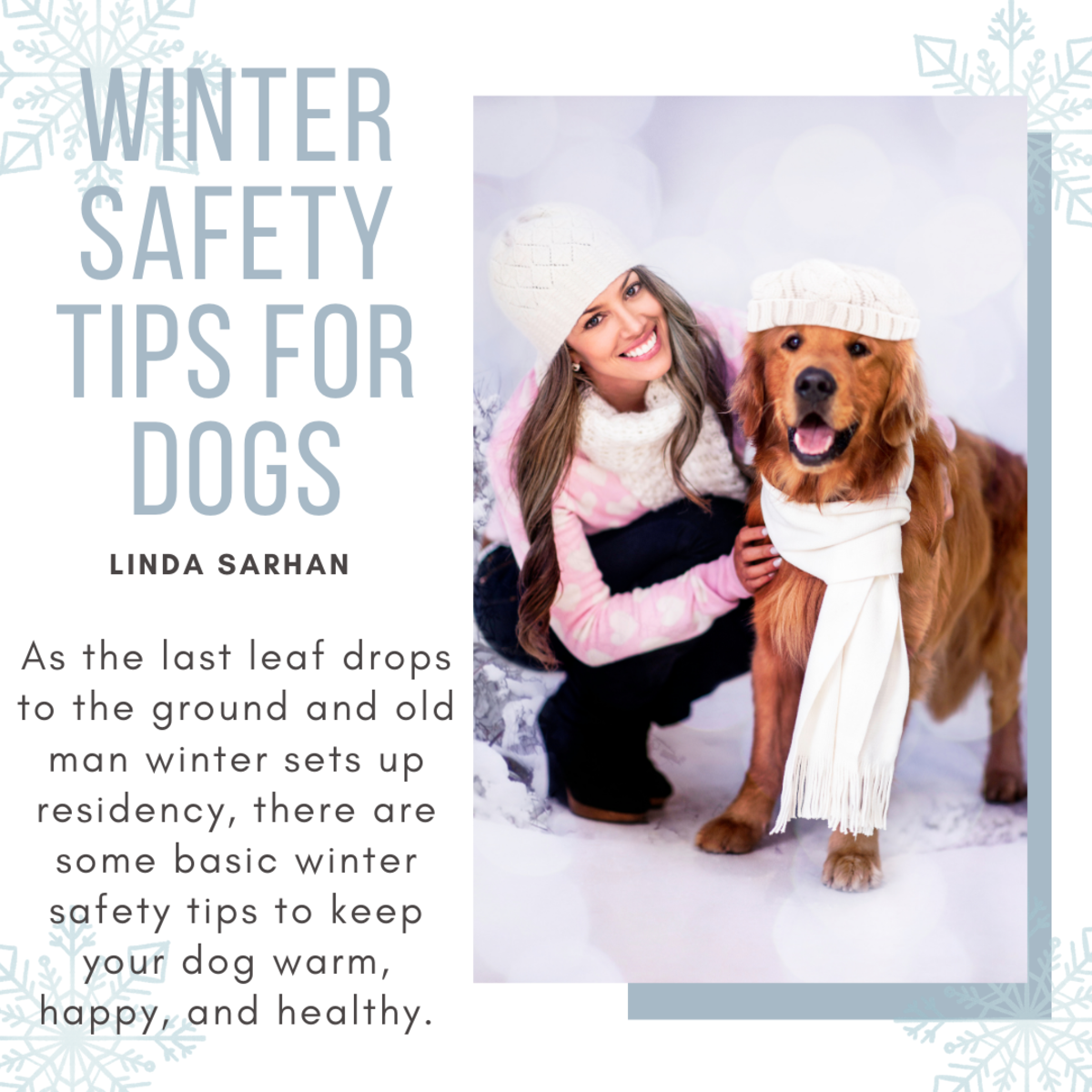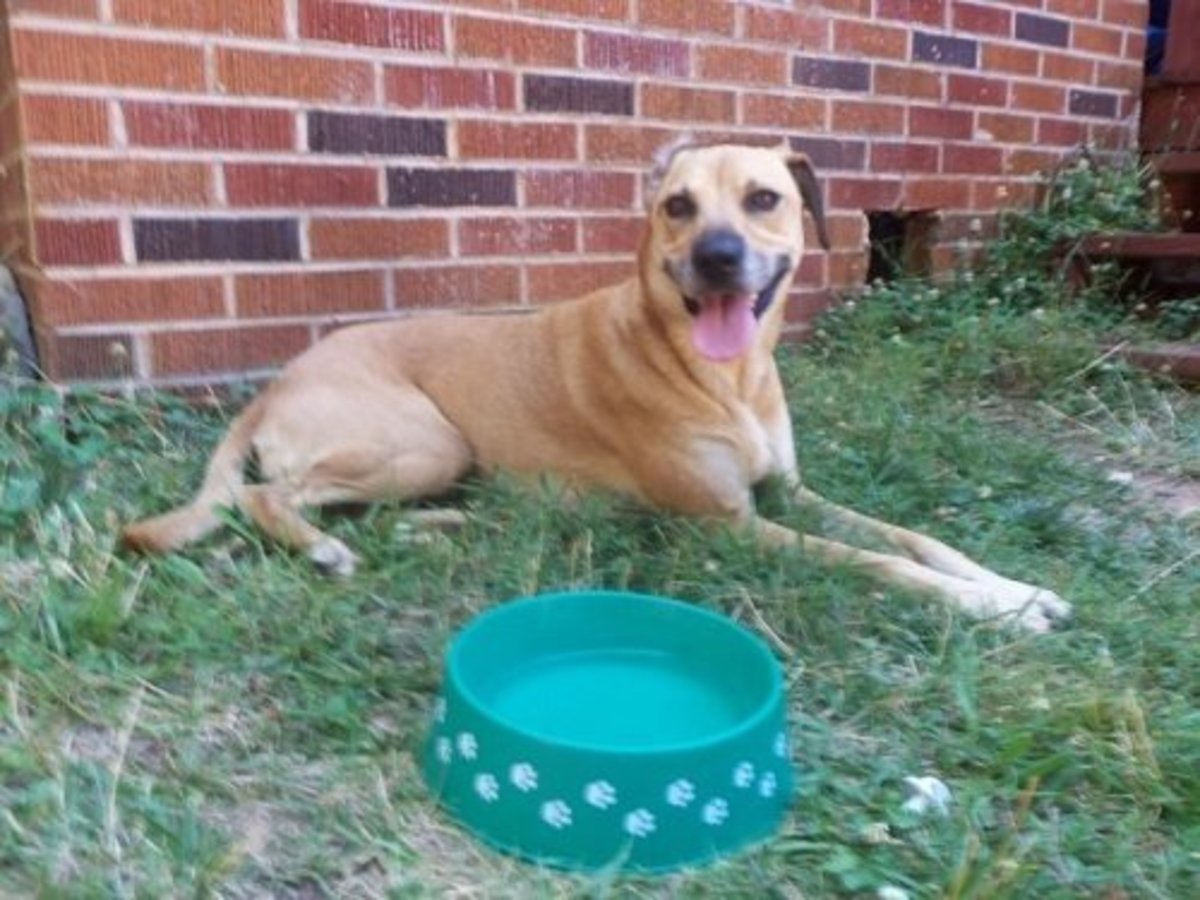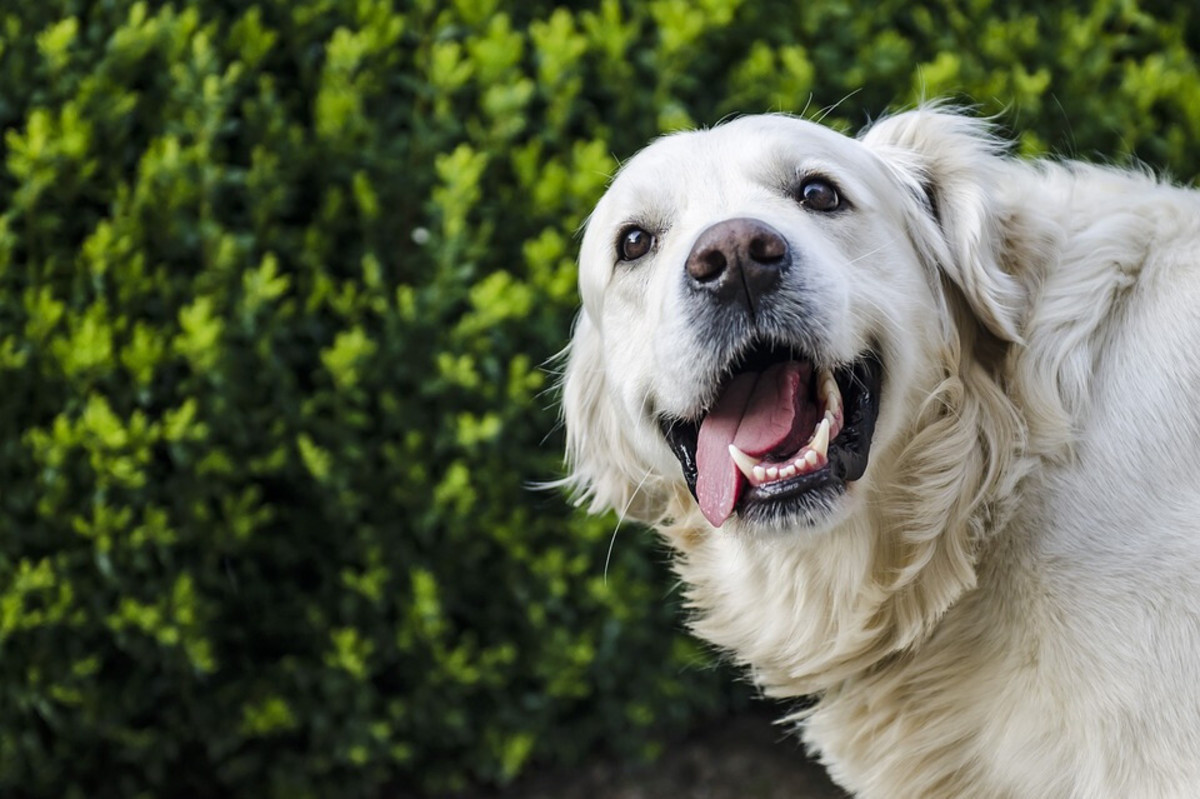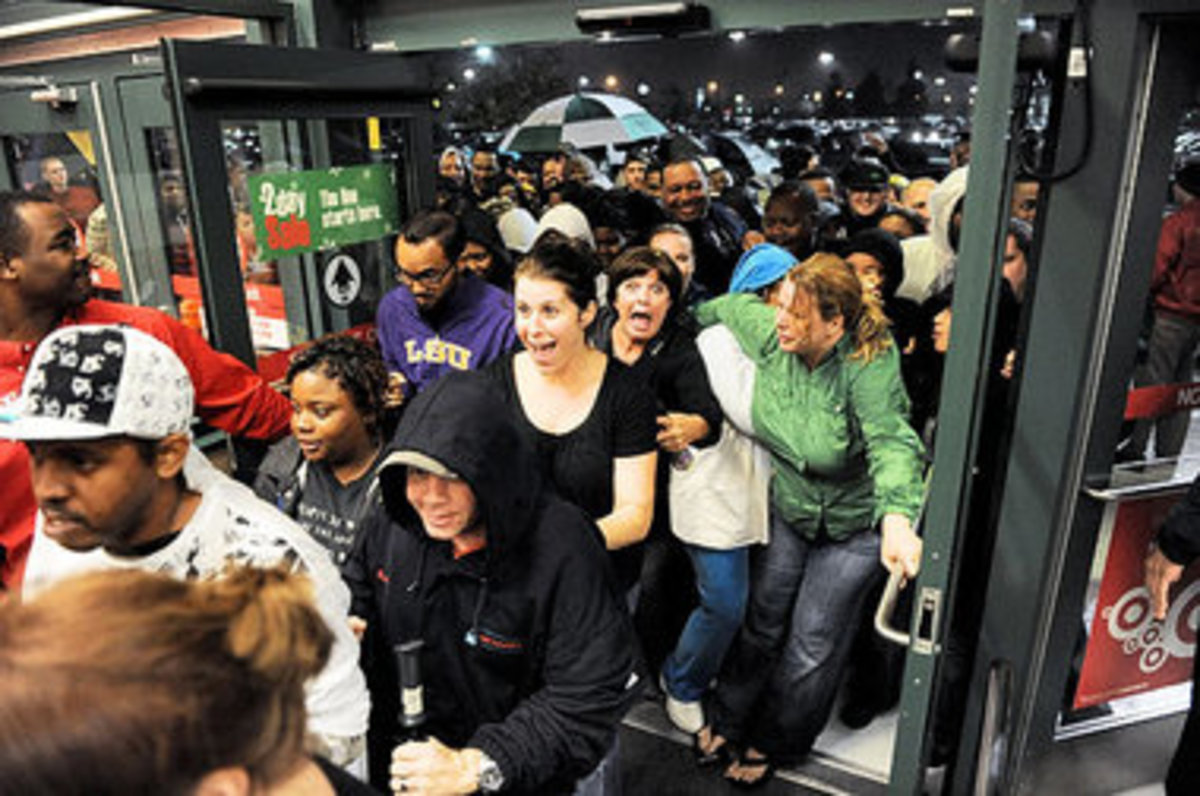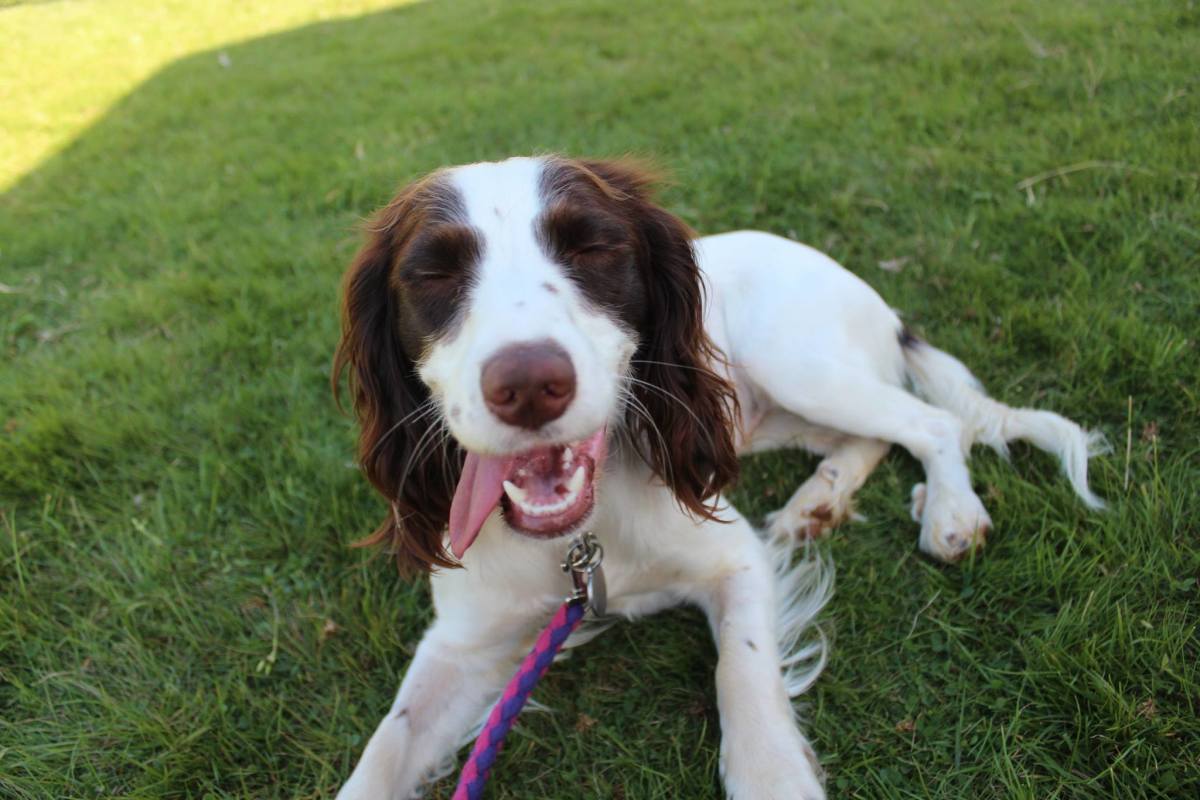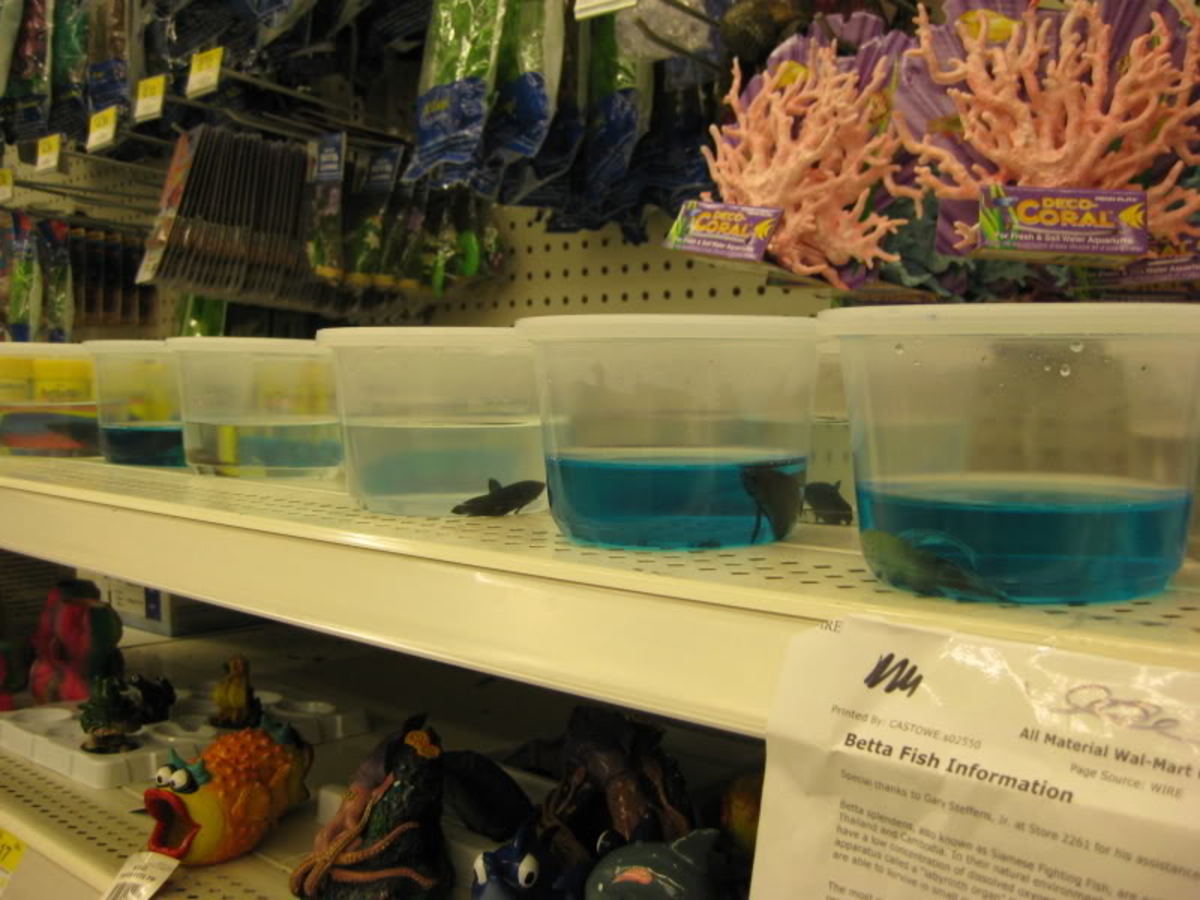Summer Safety Tips for Dogs
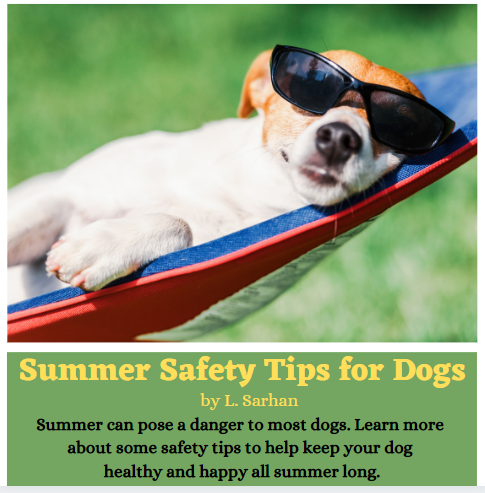
Poll
What is your dog's favorite summer activity?
Summertime for most regions means hot, sultry temperatures that even the most seasoned, warm-weather lover will retreat to the comfort of air conditioning at certain points of the day. For some dog owners, they take for granted that just like humans, the summer heat can take a toll on their dog as well.
Plenty of Water
Water is an essential element of life. During the hot weather, it is very important that your dog has plenty of water available to drink. Water will help keep your dog cool from the inside out by keeping them well hydrated. Consider switching your dog's normal water container to a bucket filled with cool water. Check the water throughout the day to see if it needs to be replaced or refilled. Not only can the water heat up in the sun, but it also attracts a variety of insects looking for something to drink or to lay their eggs. So it is imperative that the water is dumped and filled with fresh water every day.
Shelter
Just like their owners who retreat indoors or to the shade to beat the heat, be sure your dog has adequate shelter. This includes a covered area or dog house appropriate for the size of your dog. Try to avoid shelters with tin or metal roofing as well as dark shingles and other dark materials. This will just absorb heat and turn the shelter, intended to keep the dog cool, into a hot box.
Also, consider a shelter that will allow your dog to have some legroom. Closed, confined, and non-ventilated shelters can become hotter than the temperatures outside. If possible, depending on the type of shelter you choose, store the dog’s water within the shelter to keep it from heating up so quickly.
Another feature to consider is installing a fan in the dog’s shelter if there is enough room. It may be a daunting task at first to install and going above and beyond, but your dog will thank you for it. If you decide to install a fan, be sure to consider all safety factors as well. You do not want to risk injury to your pet.
Staying Cool
Many people flock to the pool during the summer to beat the heat. Perhaps your dog would like the same option. Depending on your dog’s size, consider providing your dog with a plastic baby pool. This will allow them to cool off in the summer heat. However, be mindful of safety. You do not want a pool that would present a potential danger of drowning.
Another option is to give your dog a good hose-down. This is a great option for dogs who aren’t too keen on getting wet or wading in a pool. Even if your dog isn’t a fan of the water, it will appreciate the cool-down after the fact.
Heat-Related Illnesses
Heat exhaustion and heat stroke are common during the summer months, not only for humans but dogs as well. Most people don’t realize that dogs do not sweat like people do to release the excess heat from their bodies. They do not have sweat glands like we do, except for a few on the pads of their paws. A dog’s primary way of releasing the heat and cooling off is through panting but sometimes even this isn’t enough, especially for dogs with short or flattened snouts.
Keep in mind that a dog’s normal average body temperature is about 100 to 102 degrees. If your dog’s internal temperature reaches 104 degrees or higher, please seek medical assistance immediately.
Grooming
During the summer months, a change in grooming may be in order. Some breeds have thick coats all year round, which can make summer miserable for them. Have you considered what it would be like to wear a fur coat in the summer heat? Dogs with dark coats tend to absorb the sun’s heat faster and can cause overheating. Consider, depending on the breed, having your dog’s fur-trimmed or shaved. However, also consider that if you decide to trim or shave your dog the chances of sunburn can be higher.
If trimming or shaving isn’t an option, be sure to brush your dog daily. This keeps the fur from matting, which could make the dog hotter in the heat. Daily brushing also helps keep down fleas and other parasites from establishing residency on your dog. Also, check your dog daily for ticks.
Sunburn
Regardless of whether you decide on special summer grooming or not for your dog, sunburn is a real possibility for all outside dogs. Consider investing in sunscreen specifically designed for dogs. Some of these include Jack Black Oil-free Sungard, Doggles Pet Sunscreen, and Epi-Pet Sun Protector.
If your dog happens to suffer from sunburn, there are treatments available but it is best to try to prevent sunburn from occurring in the first place. Canine sunburn can be treated with aloe vera, witch hazel, or vitamin E.
Insect Safety
When it comes to summer, a rise in the insect population is to be expected. Like most people choose insect repellents for themselves, dog owners need to consider this for their dogs as well. Outside dogs are vulnerable to fleas, ticks, mosquitoes, fly bites, spider bites, bee stings, and more. Many of these insects carry diseases that can make your dog very ill or even kill them. It is best to talk with your veterinarian to determine the best preventative measures against fleas, ticks, and heartworms.
Also, consider what attracts a variety of insects to your yard that may pose a health risk to your dog. Be careful spraying harmful chemicals to eliminate pests in your yard. Many chemicals and pesticides are poisonous to dogs. You are probably thinking, “but my dog won’t eat anything out there”. However, have you considered what is absorbed through the pads of their paws? With a little research, there are many alternatives for pest control that will not be a danger to your dog. Again, consult your veterinarian regarding safe methods of pest control for the area your dog will be in.
Animal Safety
Insects aren’t the only hazard to an outside dog. Many animals such as birds, raccoons, rodents, opossums, and snakes can pose a serious health threat, such as rabies, to your dog. Not only with illness and disease but possible injury as well. Check your yard and try preventive measures against animals coming into your yard. With birds and other agile climbing animals, this may be a daunting task. Just stay aware daily of potential hazards.
Poll
How often do you leave your dog in the car?
Car Safety
As mentioned before, heat exhaustion and heat stroke present a real danger to outside dogs. Some owners love to take their dogs with them shopping and to run errands. However, many places do not allow pets inside. Some owners then chose to leave their dog in the car. According to the Humane Society of the United States, within 30 minutes a vehicle’s inside temperature can heat up to a sweltering 120 degrees with it only being 85 degrees outside. The higher the temperature outside the higher the temperature inside will rise and in less time, even with the windows cracked. So NEVER leave an animal in a car.
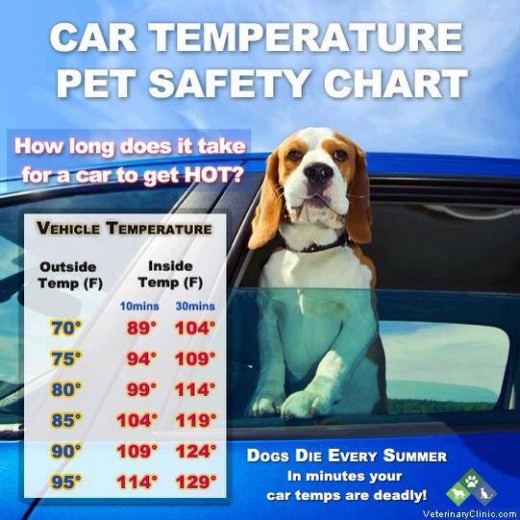
Poll
If you saw a dog left in the car during the summer heat, would you break into the car to save it?
Vaccinations
Dogs should receive annual check-ups and vaccinations, including rabies each year. However, there are some vaccinations that will help keep your outside dog safe from disease and other illnesses during the summer months. The 9-way vaccine protects your pet against canine distemper, adenovirus cough, hepatitis, parainfluenza, parvovirus, and four types of leptospirosis. This is essential if your dog is likely to be exposed to other dogs and wildlife. Aside from topical prevention for fleas and ticks, your veterinarian may suggest vaccines that will prevent common diseases contracted by flea and tick bites, such as the Lyme disease vaccine. As always, discuss preventive measures with your veterinarian.
Exercise Tips
Exercise is essential for all dog breeds. However, there are some things to consider during the summer months. If you decide to take your dog for a walk, do so in the morning or evening hours when the temperature isn’t as extreme. Also, consider the pavement. The pavement tends to heat up in the summer sun, which can cause burns to your dog’s paws. If possible, encourage your dog to walk in the grass. Some owners will even purchase dog booties to protect the dog’s paws, but many dogs dislike the idea.
Bring Inside
Even if your dog is primarily an outside dog, there are sometimes when the summer heat reaches over 100 degrees outside and your area may go into a heat advisory. Consider bringing your pet indoors during this time. If you do not wish for the dog to run loose in the house, designate an area inside to contain your dog and help keep it cool.
In the end, consider how you would feel if you were in your dog’s place. By applying some of these safety tips, it could mean the difference between life and death for your dog.
This article is accurate and true to the best of the author’s knowledge. It is not meant to substitute for diagnosis, prognosis, treatment, prescription, or formal and individualized advice from a veterinary medical professional. Animals exhibiting signs and symptoms of distress should be seen by a veterinarian immediately.
© 2014 L. Sarhan

